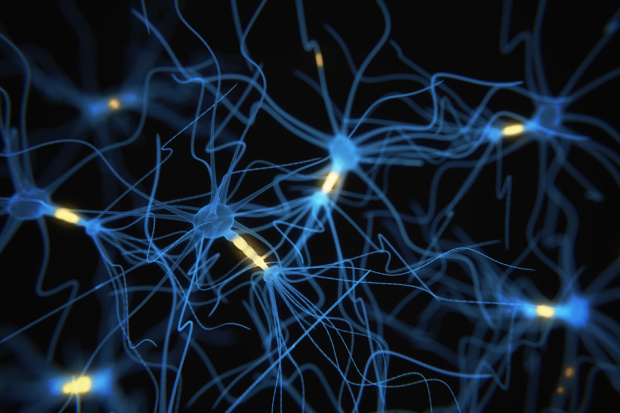I keep hearing about the benefits of meditation and mindfulness, but I’m a sceptic at heart. When I’m riddled with worries, I feel that trying to ‘fix’ the feelings with mental effort is the only way to calm the f*”k down.
But is doesn’t work. It hasn’t been working for me in, well, forever.
Daniel Goleman, best known for his work on emotional and social intelligence, gives a clear insight into why meditating might be a better approach than doing battle with anxiety, in his 2007 talk at Google. To understand his point, let’s first have a crash course in brain science.
Lizard brain
The amygdala aims to keep us safe, but it confuses symbolic and literal threats.
The amygdala, often referred to as our ‘lizard brain’, formed early in brain evolution. Needless to say, it’s pretty primitive. It’s responsible for ‘fight, flight or freeze‘, meaning it is triggered by threats to our well-being and doesn’t stop to ‘think’.
The amygdala keeps us safe: if you hear the screech of tyres nearby, the amygdala throws the switch so that all your senses are heightened and your muscles are primed to get you out of there.
The problem is, many of our contemporary ‘threats’ are abstract in nature. We’re unlikely to be stalked by a tiger, but we probably fear job loss, financial insecurity, the breakdown of a relationship, or living a life unfulfilled.
Unfortunately, the amygdala doesn’t differentiate. The alchemy of our individual biographies has distilled in each of us a unique brew of knee-jerk beliefs and fears so that when something triggers one of them, like Pavlov’s dogs we respond on cue with a stress reaction.
In physiological terms, our hearts race, our bodies are flooded with Adrenocorticotropic hormones and our minds fixate on the threat. Even the way our brain prioritises information changes. “It changes the hierarchy within memory so that we remember and think about only what pertains to the thing that’s scaring us”, says Goleman.
No escape? Meditate
Meditation trains our brains to manage and inhibit distressing emotions.
Clearly then, no amount of thinking your way out of anxiety is going to work. Yet it seems that many people often continue this merry dance with their reptilian grey matter. Alternatively, we seek distraction, which can indeed be helpful – socialising, exercise, reading, comedy and so on can really take your mind off your worries. But you know they’ll be back, and worse.
The more often we experience a high stress reaction, the more prone we are to another onslaught. This is due to the neuroplasticity of our brain’s wiring, which is where repeated experience lays down stronger and stronger neural pathways. In other words, it’s how we learn.
This is where meditation comes in. But first, a little more on the brain. Our amygdala is moderated by the pre-frontal cortex (PFC), which manages emotion by using all available information to decide if a threat is really a threat. Using neuroimaging, Richard Davidson found that when people feel the familiar overwhelm of anxiety, the right side of the PFC is firing. But when people feel pumped but anxiety-free, it’s the left side that’s active. It turns out the left side has an inhibitory circuit for the amygdala.
“It calms the amygdala. People who have this ability have more good days, more high energy, more self confidence, more enthusiasm and better moods”, says Goleman. It also enables learning, hones concentration and increases cognitive capacity.

Our brains are malleable and can be rewired to reduce the fight, flight or freeze response.
Each of us has a resting ratio to one side or the other which accurately predicts our mood range. So for those of us stuck too far to the right, Davidson’s research shows that meditation strengthens and builds the circuitry for managing and inhibiting distressing emotions in the left pre-frontal lobe. Thanks to neuroplasticity, the improvement can already be seen in the circuitry within eight weeks.
That’s a showstopper for me. It means all that effort to rationally deconstruct my fears and override negative thoughts pales into insignificance compared to the benefits of exercising a part of my brain that’ll take care of it all for me.
I started meditating last week. I’m following the 15 minute guided beginner meditation videos on YouTube channel, Kernal of Wisdom. So far, so good. I am in no way suddenly zen, but I could sit through the 15 minutes without irritation, and that is a great start. In fact, it was kinda relaxing.
Daniel Goleman and Richard Davidson have just released a book about the brain science involved in meditation, Altered Traits, which dives deeper into this topic. In the meantime, check out the Huffington Post video of Richard Davidson explaining his research and its origins.
Share this:





